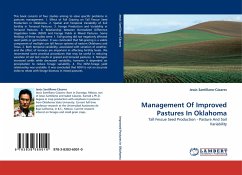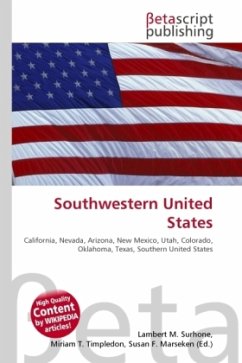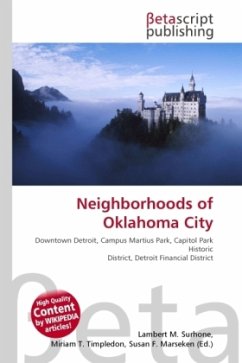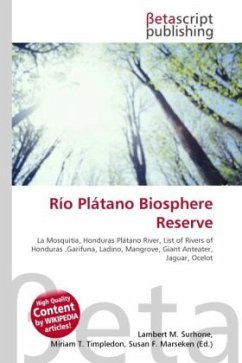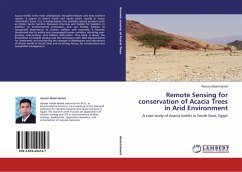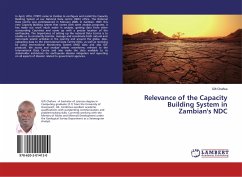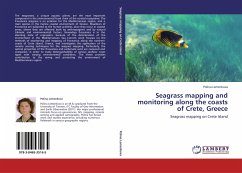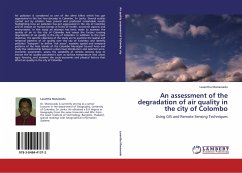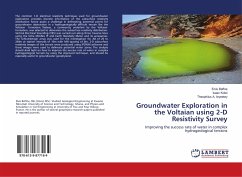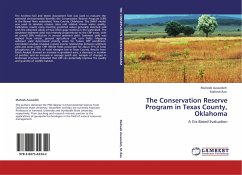
The Conservation Reserve Program in Texas County, Oklahoma
A Gis-Based Evaluation
Versandkostenfrei!
Versandfertig in 6-10 Tagen
39,99 €
inkl. MwSt.

PAYBACK Punkte
20 °P sammeln!
The ArcView Soil and Water Assessment Tool was used to evaluate the potential environmental benefits the Conservation Reserve Program (CRP) in the Beaver River watershed, Texas County, Oklahoma. The SWAT model was used to simulate erosion rates and related stream water quality. Calibration results using monthly predicted values generally matched well with the observed values of two USGS gage stations in the watershed. The simulated sediment yield was inversely proportional to the CRP areas, with an overall 30% reduction in annual sediment yield. Sediment yield was highest from wheat, general a...
The ArcView Soil and Water Assessment Tool was used to evaluate the potential environmental benefits the Conservation Reserve Program (CRP) in the Beaver River watershed, Texas County, Oklahoma. The SWAT model was used to simulate erosion rates and related stream water quality. Calibration results using monthly predicted values generally matched well with the observed values of two USGS gage stations in the watershed. The simulated sediment yield was inversely proportional to the CRP areas, with an overall 30% reduction in annual sediment yield. Sediment yield was highest from wheat, general agriculture and corn fields. Mapping sediment yield determined priority areas for future CRP enrollment. Correlation analysis revealed a good inverse relationship between sediment yield and areas under CRP. Wheat fields accounted for about 71% of total phosphorus and 77% of total nitrogen lost in Texas County. Results from Patch Analyst showed an increase in grassland area, a decrease in number of patches, and an increase in average patch size. Analysis of changes in landscape structure indicated that CRP can potentially improve the quality and quantity of wildlife habitat.



